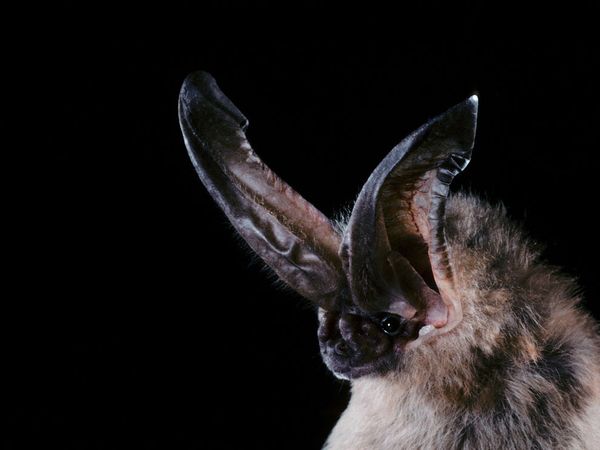
There was such a positive response to the Tube Nosed Fruit Bat that I thought we should examine another adorable bat. Today’s featured animal is the Ozark Big-Eared Bat. Okay, so maybe our little Yoda Bat was cuter but this one is just as interesting. I am not sure if this bat likes being referred to as the “Big-Eared Bat” so perhaps we should call them by one of their other names. They are also known as the Western Big-Eared Bat, the Long-Eared Bat and finally the Lump-Nosed Bat. Hmmm… none of these names are very flattering, are they? Poor little bat must have a tough life. Let’s find out by heading to the caves of southern, central United States to observe this endangered bat in their natural habitat.
Elves of the Bat World?
After looking at the names of this unique bat, it is obvious that the Ozark Big-Eared Bat is defined by their incredibly large ears and lumpy nose. Interestingly enough, the body length of this bat is only about 10 cm (4″) long, however, their ears typically extend to a length of 2.5 cm (1′). That may not seem that large but proportionally, it would be equivalent to a 6′ tall human having ears that extend more than a foot and a half. The ears of the Big-Eared Bat are usually held straight up, however, during hibernation some bats will coil their ears similar to a ram’s horn. I have absolutely no idea why they do this!
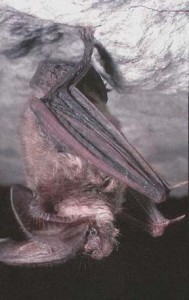
Follow Your Nose
Besides the ears, the Lump-Nosed Bat also has….well…. a lumpy nose. Technically, the lumps are facial glands that oddly enough, resemble a pair of mittens. I guess the Ozark Big-Eared Bat is prepared for a cold winter. Another large feature of the Big-Eared Bat that seems to be forgotten is their wingspan. This particular bat species has a wingspan that measures between 30 and 34 cm (12 to 13 inches), which is quite impressive for such a small animal.
Population Dwindling
Unfortunately, human activity has caused the population numbers of the Ozark Big-Eared Bat to reduce dramatically. It is believed that there are only 1800 of these bats remaining in the wild. Luckily, conservationist are working diligently to reduce human disturbance, which may help the population rebound. Bats play a huge role in any ecosystem, so preserving them should be of utmost importance.
Thanks for checking out today’s Wild Fact. Enjoy the rest of your day and I will see you tomorrow for another fun and exciting animal.



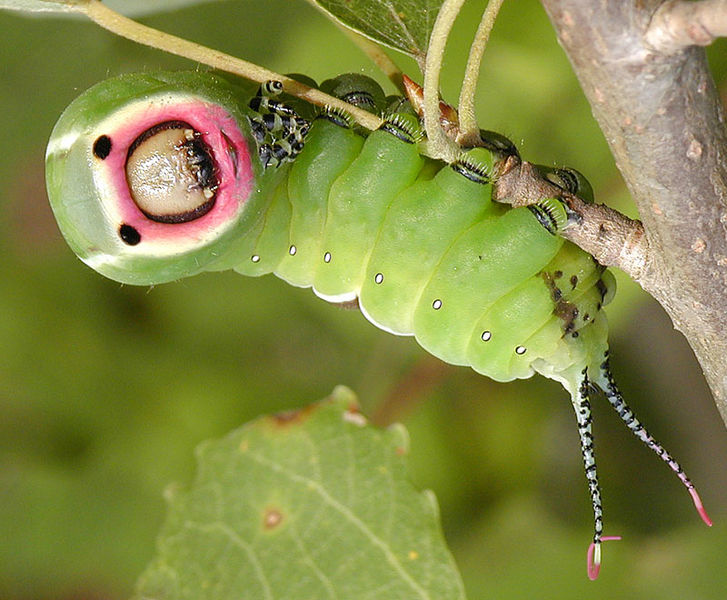
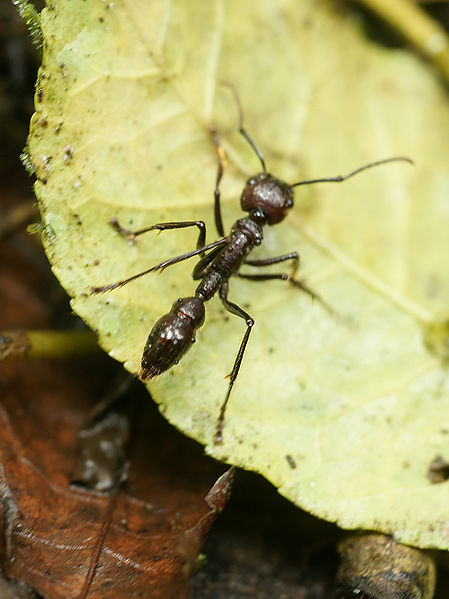
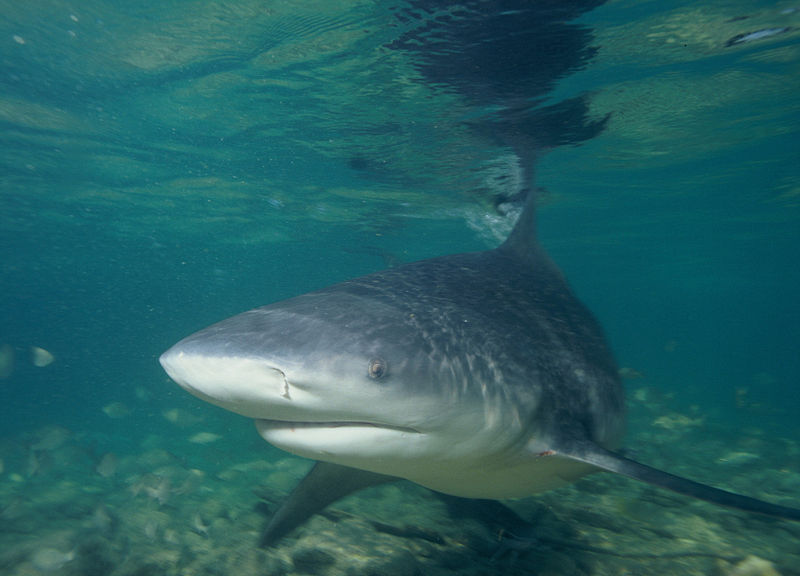
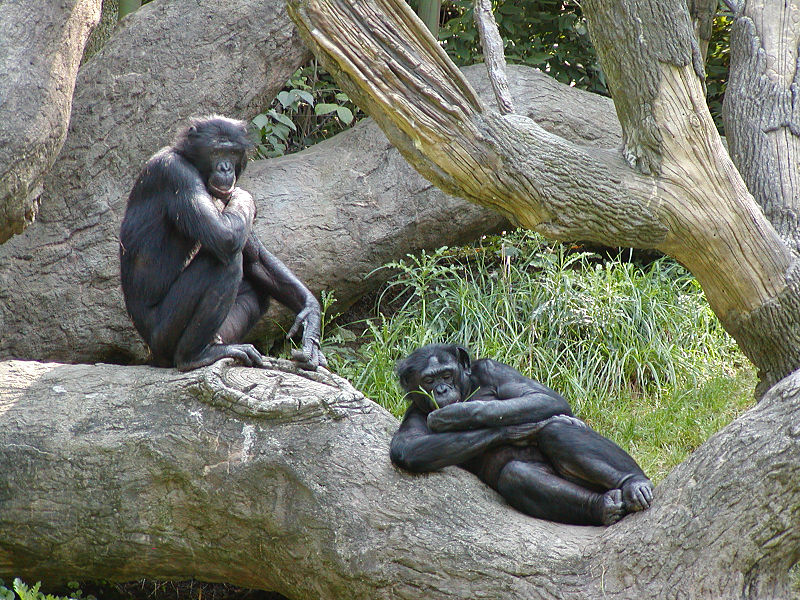
Hi Nathan!
In the summer, we see bats flying around at night so 2 years ago we put up a bat house but as far as we can tell it has never been occupied.
It is mounted 12 feet high with bush several feet behind. It has an open area in front and is painted black to hold in the heat.
Do you have any suggestions to encourage tenants?
Great site Nathan!
Hi Aunt Linda,
Sorry it took so long to respond….things have been crazy around here.
I love the fact that you guys have a bat house up. They need it now more than ever.
I found a useful Handbook about Building Bat Houses that was put out by the Wisconsin Department of Natural Resources. It can be found at:
http://dnr.wi.gov/org/land/er/bats/pdf/buildingbathouses.pdf
Keep us posted on the Bat House. I would love to know if you are getting any “tenants”.
Hey, I’m doing a school magazine article project over the ozark big eared bats. Is there anything special I should include?